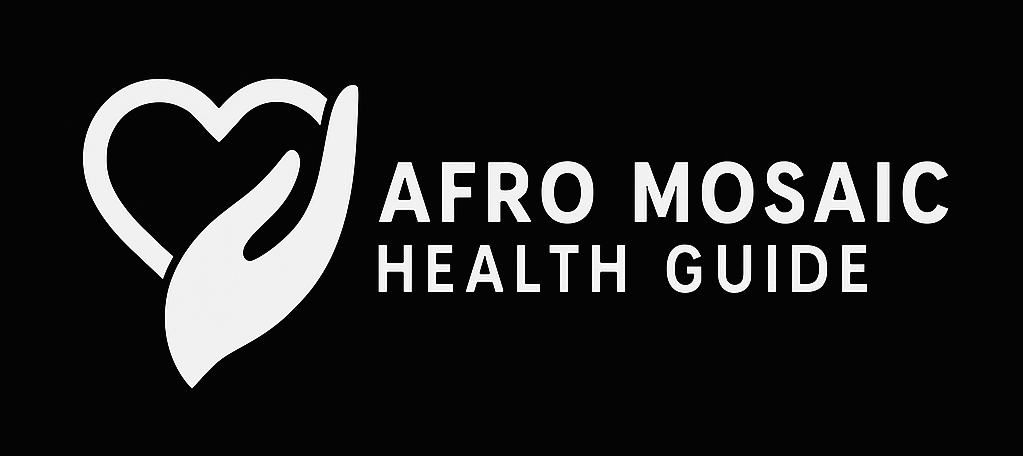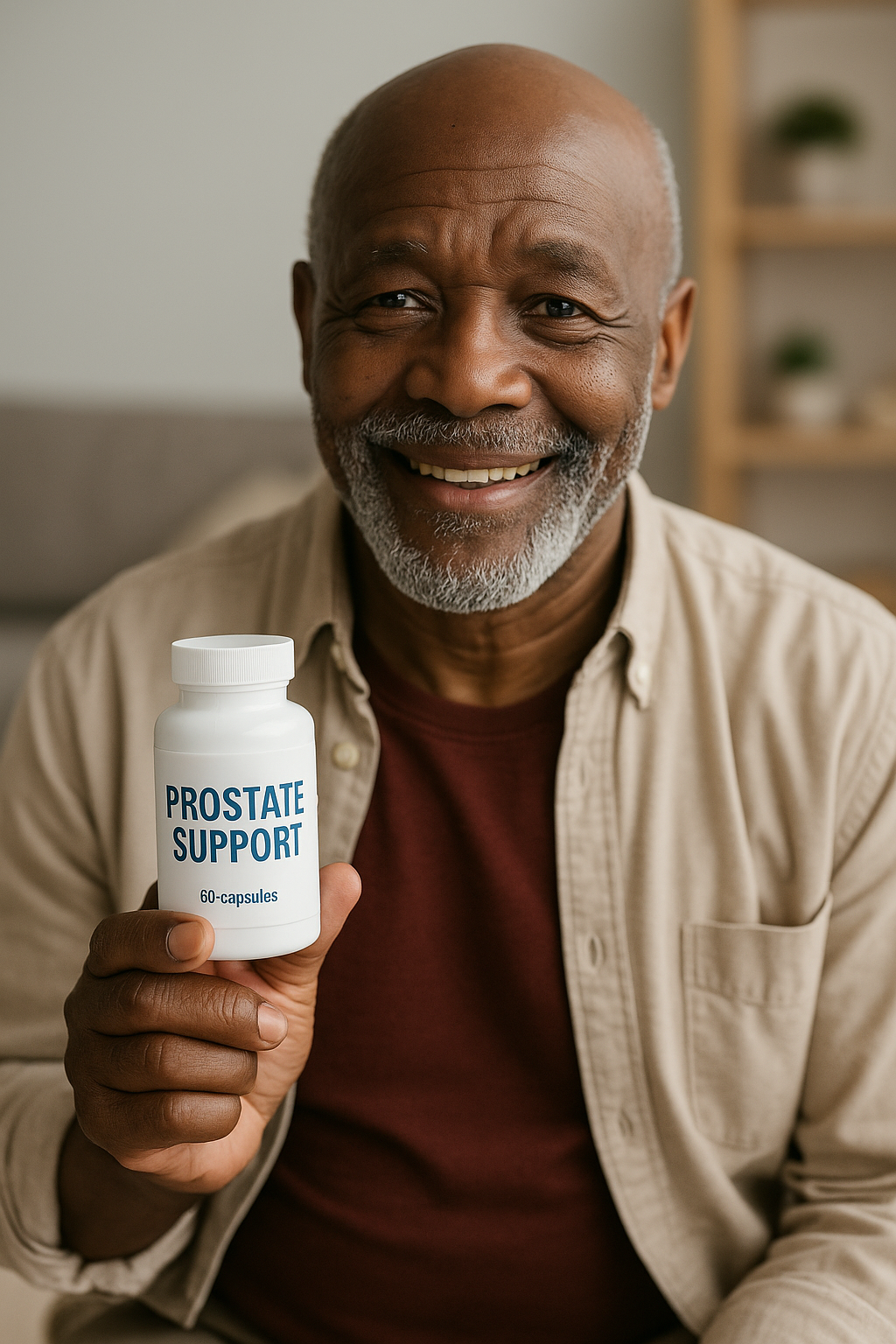For many Canadians, food is more than sustenance — it’s memory, culture, and care. But for countless Black and low-income families across Canada, that same meal often comes with a silent cost. Behind every grocery receipt lies a story of environmental neglect, unequal access, and invisible toxins shaping the health of entire neighbourhoods.

A new INFORMAS Canada 2025 report reveals how the environments where we live, shop, and eat can either nurture or undermine our health. And for many racialized and working-class communities — from Brampton to Scarborough, Halifax to Windsor — the system is stacked against them.
The Hidden Price of a Meal
Healthy eating doesn’t start in the kitchen. It starts with what’s nearby — what’s affordable, and what’s safe. According to INFORMAS, neighbourhoods with higher racialized and low-income populations are far more likely to face:
- Fewer full-service grocery stores and fresh-produce vendors
- A flood of fast-food chains and corner stores
- Aggressive advertising of sugary, fatty, and processed foods
- Chronic exposure to nearby pollution and poor air quality
In other words, location determines nutrition — and by extension, longevity.
Take Dianne Walters, a single mother raising three children in east Brampton.
“I want my kids to eat healthy,” she says, “but when fresh fruit costs more than frozen pizza, what choice do you really have? The stores near me don’t carry much fresh food. And when they do, it’s already wilted or moldy.”
Dianne’s words echo a familiar truth: food deserts — neighbourhoods where healthy foods are scarce or unaffordable — are not rare in Canada. They are the daily reality for many Black families. And often, those same neighbourhoods sit within shouting distance of factories, highways, or industrial zones where the air is heavy with pollutants.

That mix — unhealthy diets and toxic air — is a double blow known to public-health researchers as environmental racism.
Pollution on the Plate
It’s not just what’s on the plate — it’s what’s in the air.
Studies from the Canadian Association of Physicians for the Environment (CAPE) show that chronic exposure to air pollution is linked to higher rates of heart disease, diabetes, and obesity — the same illnesses that already affect Black Canadians at disproportionate levels.
A 2024 Health Canada analysis revealed that people living near major highways or industrial corridors — common in many immigrant and low-income areas — face a 15% greater risk of developing type 2 diabetes than those breathing cleaner air.
In north Etobicoke, community advocate Andre McLean has watched that reality unfold for decades.
“People are breathing in chemicals, working double shifts, and eating what’s cheap,” he says. “You can’t blame someone for buying a $2 burger when everything else costs ten. But that cheap meal ends up costing your health — and your future.”
The Power of Marketing and Miseducation
For years, fast-food and beverage companies have perfected the art of targeting vulnerable markets. The INFORMAS study found that lower-income neighbourhoods are hit with two to three times more billboard ads for sugary drinks and fast food than wealthier areas.
The message is relentless: “cheap, fast, and tasty” — an illusion that hides a devastating health cost.
Dr. Fatima Grant, a Toronto-based nutrition epidemiologist, explains:
“When every bus stop and billboard celebrates fries and soda, people internalize that as normal — even aspirational. That’s not just poor nutrition. That’s corporate manipulation.”
Children in these environments grow up associating junk food with comfort, affordability, and identity. By adulthood, those habits are hard to break — reinforcing cycles of illness that are preventable, yet profitable for corporations.

Seeds of Change: Communities Fighting Back
Across Canada, however, the tide is turning — one garden, one classroom, one family at a time.
In Brampton, the Grow the Block initiative has transformed vacant lots into community gardens run by local youth and Black farmers. What began as a few raised beds is now a hub of education and empowerment.
“We’re not just growing food,” says organizer Kayla Thompson. “We’re growing awareness — showing that healthy eating can be rooted in our culture and community.”
In Scarborough, church groups host Food Justice Sundays, blending prayer, public health, and practical lessons on shopping smart, cooking healthy, and understanding food labels.
And in Hamilton, activists are pushing for zoning reforms that limit fast-food density near schools and provide tax breaks for small grocers that sell fresh produce.
These efforts reflect a broader movement: Food is not a privilege. Food is a right.
Numbers That Tell the Story
- 1 in 5 Canadian households experience food insecurity.
- Black and Indigenous households are 2.5 times more likely to face hunger or malnutrition.
- 60% of urban Black Canadians live within half a kilometre of a major pollution source.
- Communities lacking grocery access show 30% higher obesity rates than those with nearby supermarkets.
These figures aren’t coincidences — they’re consequences. Each number represents a policy failure and a public-health warning we can no longer ignore.
From Awareness to Action

If Canada truly values wellness and equity, change must start at the roots. That means:
- Policy reform: Balance urban planning — every neighbourhood deserves grocery access, not just drive-thru lanes.
- Corporate accountability: Restrict junk-food marketing that targets vulnerable groups.
- Environmental justice: Clean air and clean food go hand-in-hand. Strengthen regulations in marginalized areas.
- Community investment: Support local gardens, co-ops, and food programs led by the people most affected.
The Afro Mosaic Health Guide (AMHG) believes that health is more than the absence of illness — it’s the presence of fairness, dignity, and choice. When food and environment collide, the result is not just hunger but harm. And when we fix those systems, we don’t just save lives — we restore hope.
Final Word: A Future Worth Feeding
Every meal tells a story — of family, resilience, and the forces that shape our daily lives. But for too long, pollution, poverty, and policy neglect have written that story for us.
Now, it’s time to take back the pen.
Let’s make sure the next generation grows up with gardens instead of gas fumes, farmers’ markets instead of food deserts, and nourishment instead of neglect.
Because health shouldn’t depend on your postal code — or the colour of your skin.
Visit AMHG.ca to join the conversation. Together, we can build a Canada where every community has a fair chance to thrive — one plate, one breath, one story at a time.















